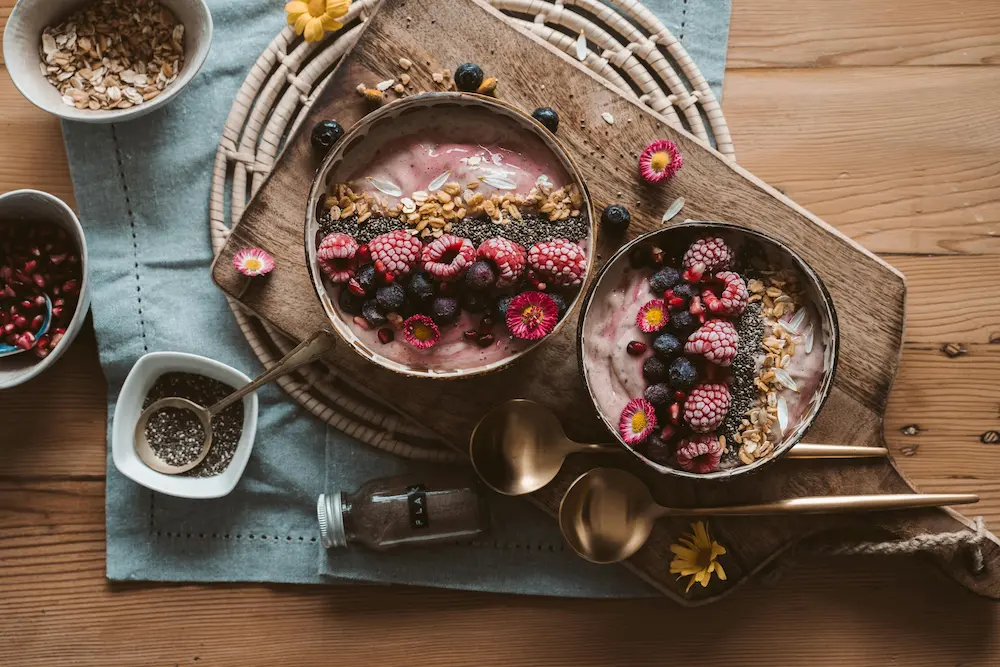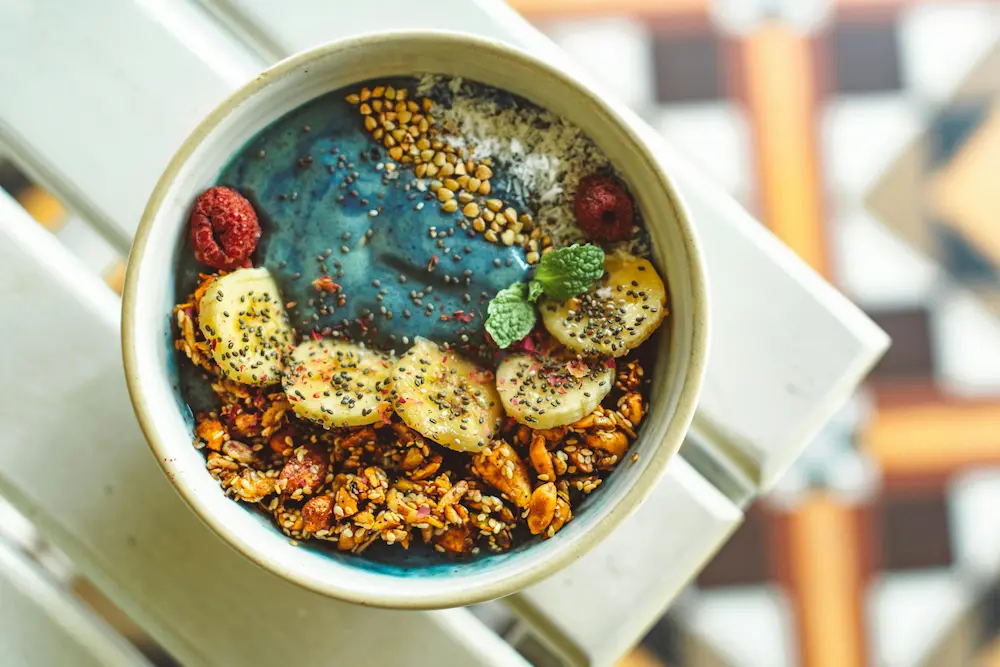Starting a vegan lifestyle is exciting, but one common question is: how can you make sure your meals are balanced and healthy without obsessing over every calorie? The good news is that it’s totally possible to create a balanced vegan diet plan without counting calories—and it can actually feel freeing, fun, and nourishing.
In this post, I’ll walk you through practical tips to build a wholesome plant-based eating routine that satisfies your nutritional needs without requiring you to log every bite.
Why Ditching Calorie Counting Can Be Beneficial
Calorie counting can be helpful for some people, but for many, it quickly becomes overwhelming, restrictive, and stressful. Instead of focusing on numbers, shifting your attention to nutrient density and balance can help you:
- Build a healthier relationship with food
- Eat more mindfully
- Focus on nourishment rather than restriction
- Feel more satisfied and energized
A balanced vegan diet plan without counting calories is all about creating meals that nourish your body, support your goals, and feel good mentally and physically.
The Core Components of a Balanced Vegan Meal

To build a balanced plate without needing to track calories, aim to include these key components in most of your meals:
1. Protein
Plant-based protein helps keep you full, fuels muscle repair, and supports overall health. Examples include:
- Lentils, chickpeas, beans
- Tofu, tempeh, edamame
- Seitan, soy curls
- Nuts, seeds, and nut butters
- Plant-based protein powders (optional)
2. Complex Carbohydrates
Carbs give your body the energy it needs. Choose whole-food, minimally processed options like:
- Brown rice, quinoa, farro, oats
- Sweet potatoes, squash
- Whole grain breads or pastas
3. Healthy Fats
Fats are essential for hormone health, brain function, and vitamin absorption. Some plant-based options are:
- Avocado
- Olive oil, flaxseed oil
- Chia seeds, flaxseeds, hemp seeds
- Nuts and seeds
4. Vegetables & Fruits
Aim for a rainbow of colorful produce to maximize your vitamin, mineral, and antioxidant intake.
- Leafy greens: spinach, kale, arugula
- Cruciferous veggies: broccoli, cauliflower
- Berries, citrus, bananas, apples
5. Flavor & Fun
Don’t forget herbs, spices, dressings, and sauces! They make meals enjoyable and satisfying.
By building meals this way, you’ll naturally create a balanced vegan diet plan without counting calories because you’re focusing on variety, satisfaction, and nourishment.
The “Balanced Plate” Method
One simple trick is to follow the balanced plate method:
- ½ plate vegetables and fruits
- ¼ plate whole grains or starchy veggies
- ¼ plate plant-based protein
- Add a serving of healthy fats
This visual guide ensures you’re hitting all the essentials without overthinking portion sizes or calorie counts.
Sample Daily Vegan Meal Plan (No Counting Needed)
Here’s an example of what a balanced vegan diet plan without counting calories might look like:
Breakfast:
- Chia pudding with almond milk, berries, and walnuts
- Green smoothie with spinach, banana, flaxseeds
Snack:
- Apple with peanut butter or a handful of almonds
Lunch:
- Quinoa salad with roasted vegetables, chickpeas, tahini dressing
- Side of fresh fruit
Snack:
- Veggies and hummus or a protein ball
Dinner:
- Stir-fried tofu with broccoli, bell peppers, brown rice
- Sesame oil drizzle and a sprinkle of sesame seeds
Dessert (Optional):
- Dark chocolate square or coconut yogurt with berries
This approach keeps meals vibrant, satisfying, and full of nutrients—no calculator required.
How to Ensure You’re Getting All Your Nutrients

Even without counting calories, it’s important to be mindful of these key nutrients often highlighted in plant-based diets:
| Vitamin B12 | Take a reliable supplement or fortified foods. |
| Iron | Include iron-rich foods like lentils, beans, spinach, and pair with vitamin C (like citrus) to boost absorption. |
| Omega-3s | Add chia, flax, and hemp seeds to your meals. |
| Calcium | Choose fortified plant milks, tofu, and greens like bok choy. |
| Vitamin D | Get sunlight or take a vegan D3 supplement. |
When your meals are diverse and colorful, most of your needs will naturally be met, but supplements can help fill in the gaps without needing to count calories.
Tips for Maintaining a Balanced Vegan Diet Plan Without Counting Calories
- Listen to Your Body: Eat when you’re hungry, stop when you’re satisfied.
- Prep in Advance: Have chopped veggies, cooked grains, and protein sources ready to go.
- Add Variety: Rotate ingredients to prevent boredom and nutrient gaps.
- Stay Hydrated: Sometimes thirst is mistaken for hunger.
- Don’t Fear Healthy Fats: They keep you full and satisfied.
By focusing on how foods make you feel, you can build an intuitive, balanced approach to vegan eating.
Common Questions
Q: Can I lose weight on a vegan diet without counting calories? A: Yes! By emphasizing whole foods and balanced meals, many people naturally lose weight without the need to track calories.
Q: What if I eat too much? A: Trust that whole plant foods are generally less calorie-dense, so it’s harder to overeat compared to processed foods. Mindful eating helps too.
Q: Do I need expensive vegan products? A: Not at all! Grains, beans, veggies, and fruits form the heart of a budget-friendly, balanced vegan diet.
Final Thoughts
Building a balanced vegan diet plan without counting calories is all about focusing on nourishing foods, intuitive eating, and variety. Instead of tracking every bite, you’ll be creating meals that fuel your body, mind, and soul in a way that feels sustainable and joyful.
With just a little planning and mindfulness, you’ll thrive on a plant-based lifestyle that doesn’t feel restrictive—and you’ll enjoy every delicious bite along the way.
- Your plate.
- Your pace.
- Your power.

